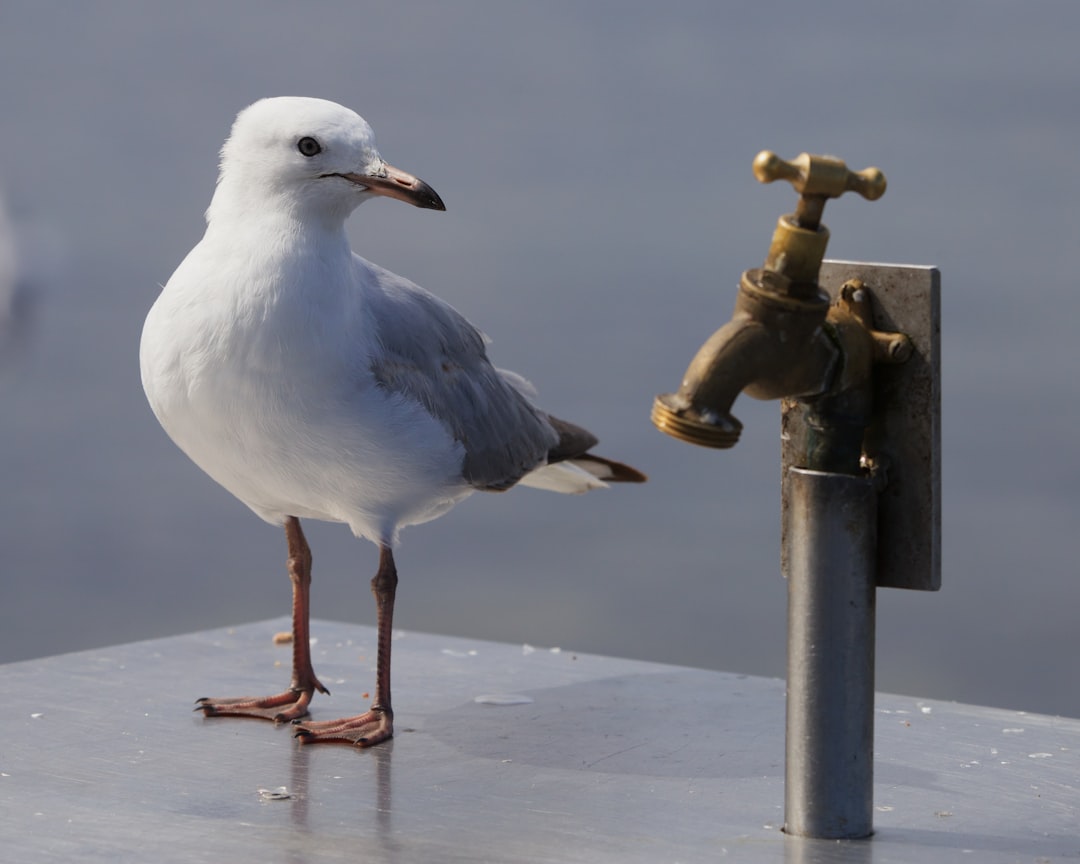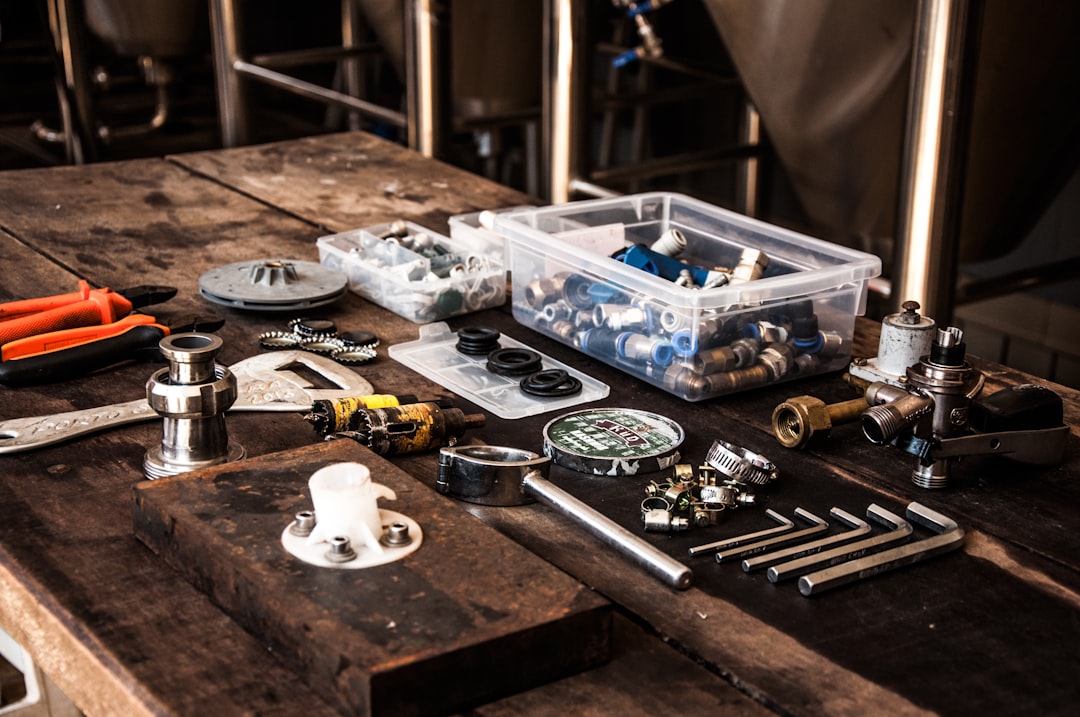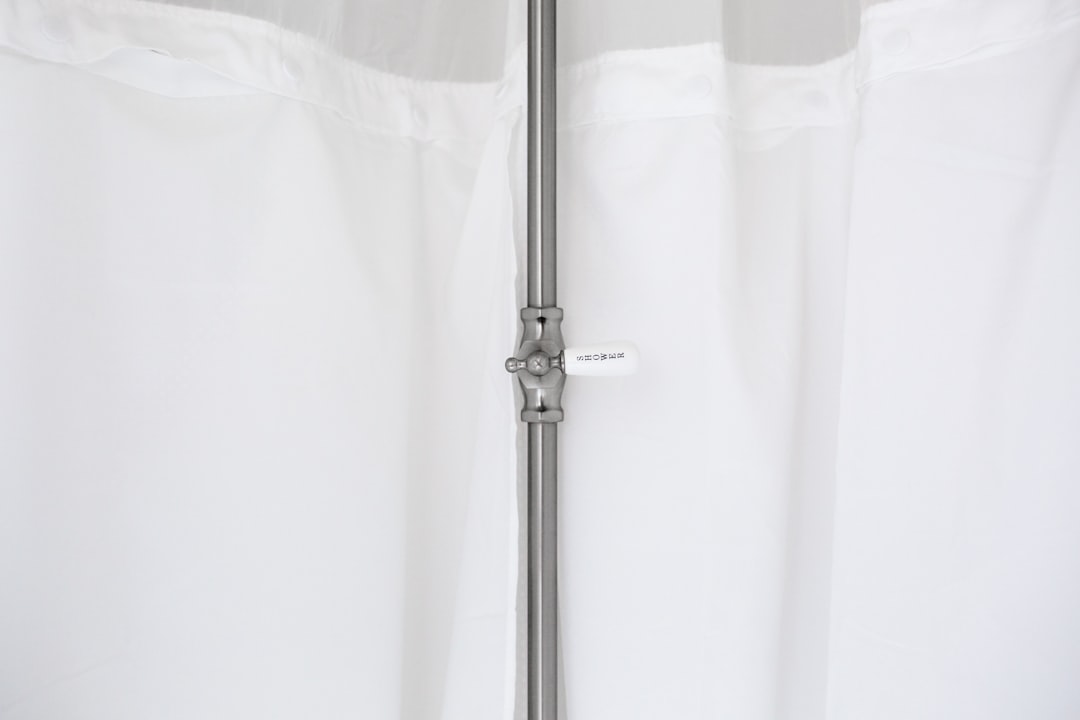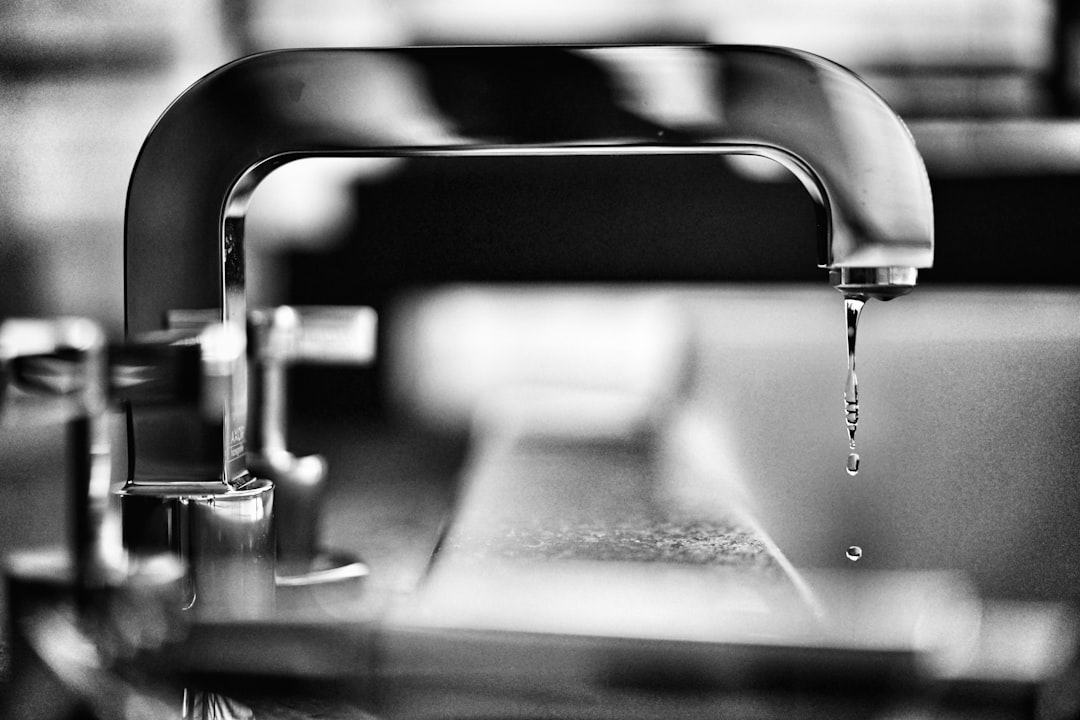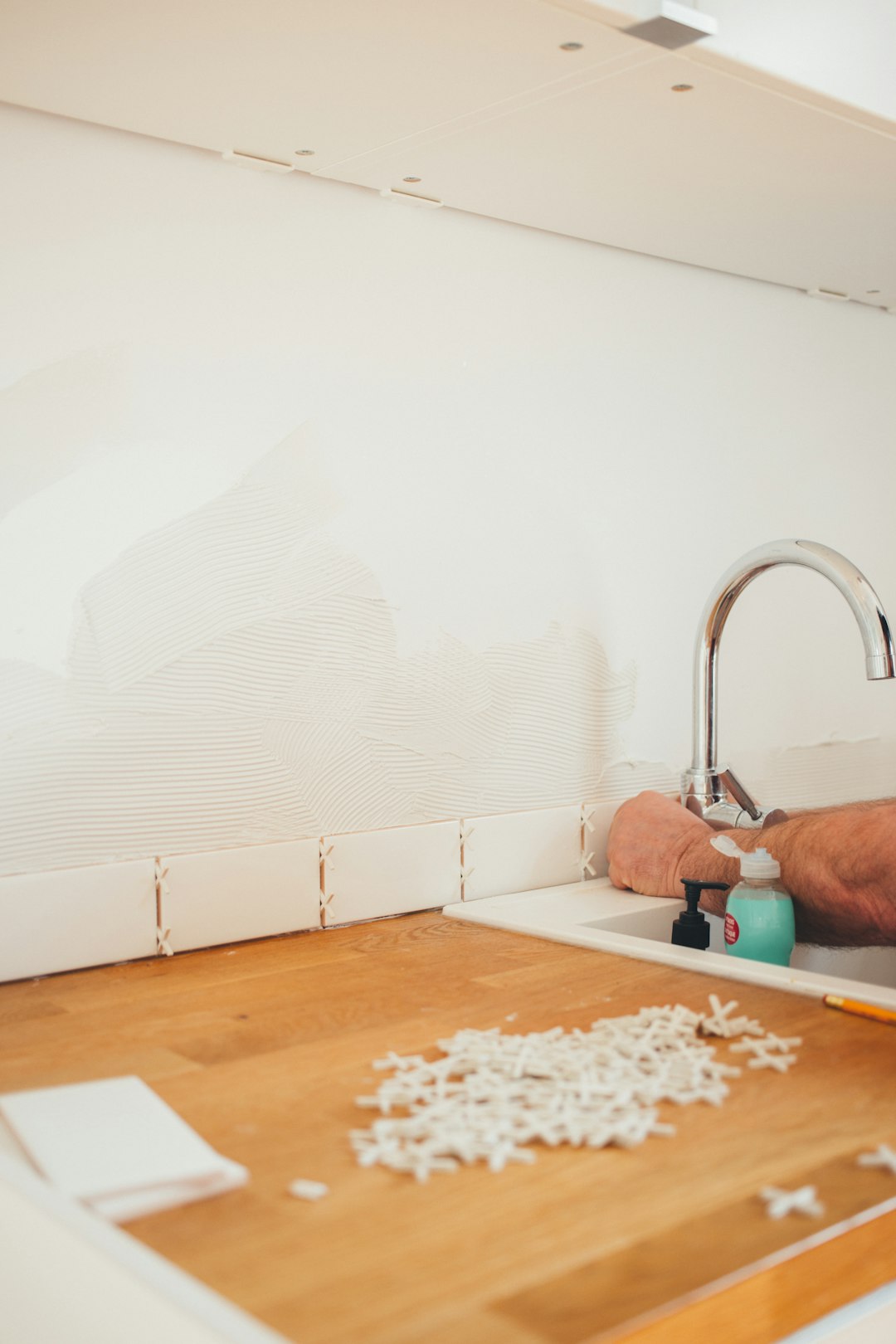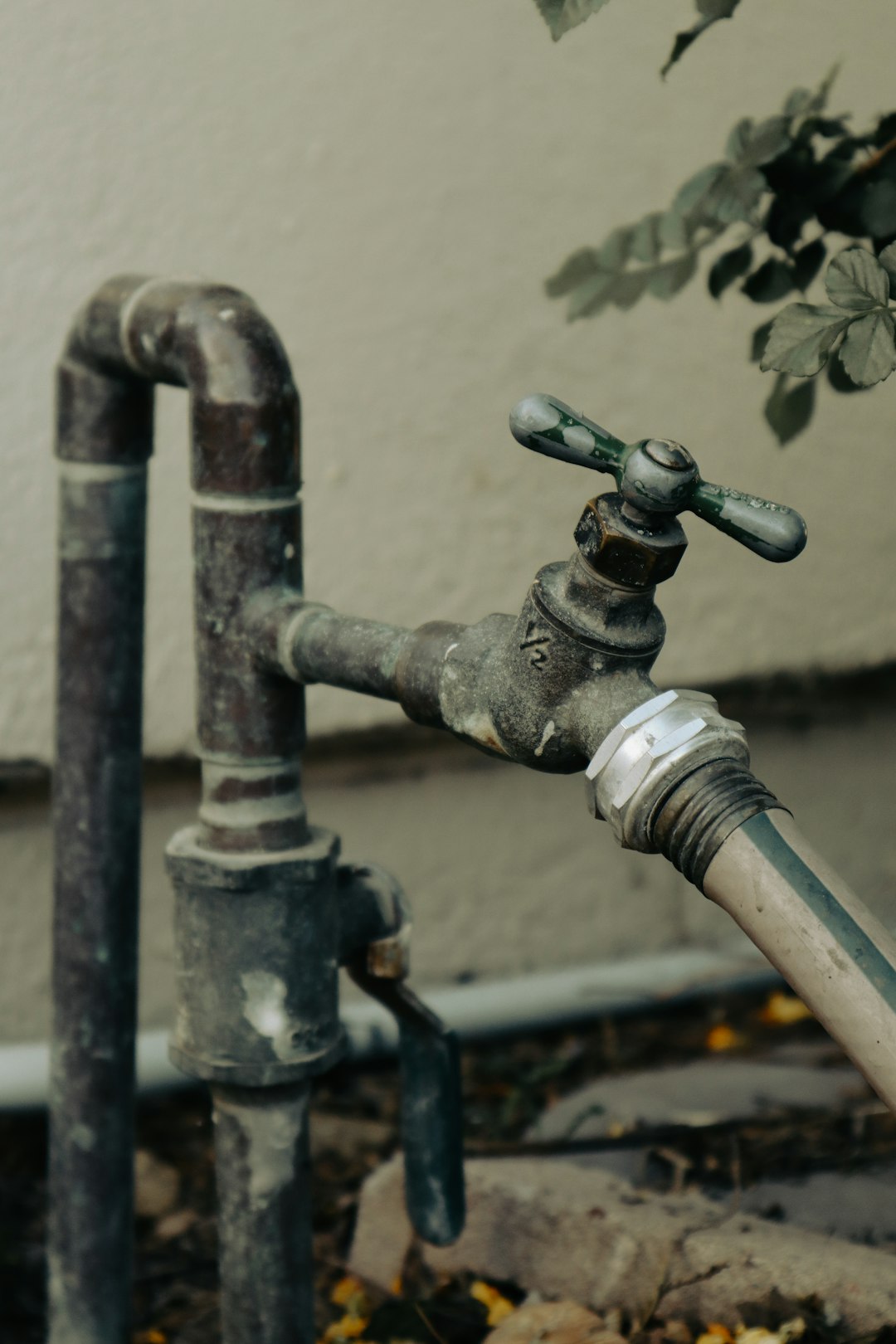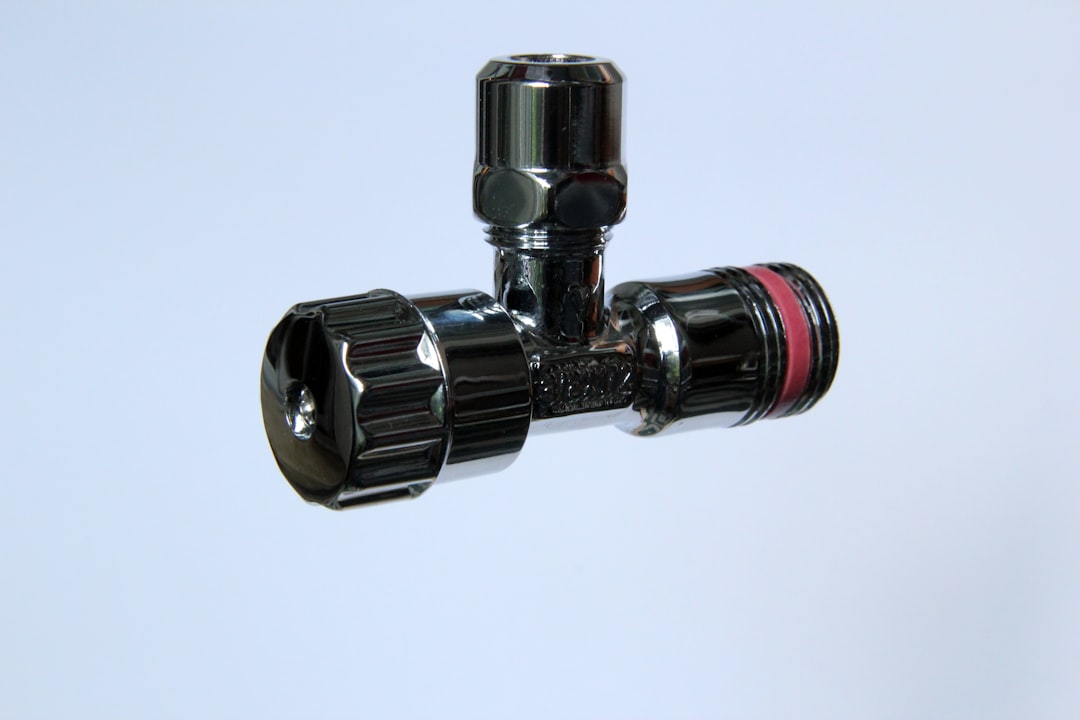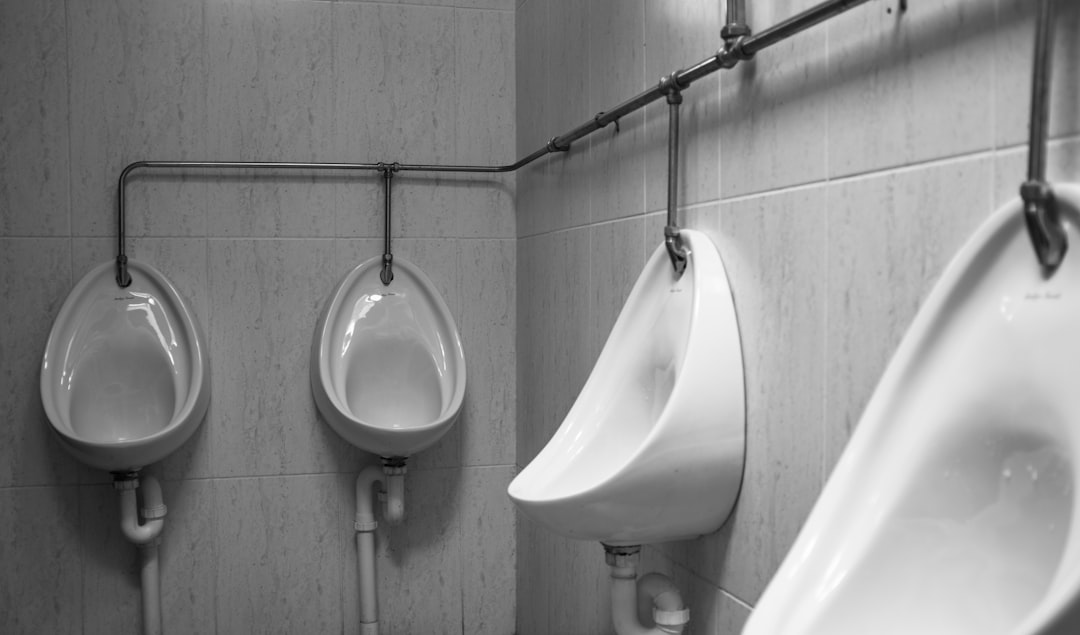Table of Contents
- Introduction
- Overview of plumbing services and their importance
- Detailed explanation of plumbing pipe replacement and its benefits
- Common plumbing fixture installation services and their impact on home value
- Understanding plumbing emergency service and response times
- The role of plumbing drain cleaning in maintenance and prevention of issues
- Importance of plumbing leak detection services for residential and commercial properties
- Overview of plumbing water heater services including maintenance and replacements
- The significance of plumbing code compliance and professional consultation
- Conclusion
- Frequently Asked Questions
Introduction
In today’s fast-paced world, finding reliable plumbing services that balance cost and quality can seem like searching for a needle in a haystack. Whether you’re dealing with a leaky faucet, a clogged drain, or planning a complete bathroom remodel, the challenge remains: how can you secure the best plumbing at a price that won’t break the bank?
In “Unlocking Savings: Your Guide to Value Plumbing Services That Don’t Compromise Quality”, we delve deep into the essential strategies for selecting a plumbing service that meets your budgetary needs without sacrificing standards. With so many options available, it’s crucial to navigate wisely to ensure your home’s plumbing needs are met efficiently and effectively.
Join us as we explore tips, tricks, and expert insights that will empower you to make informed decisions, allowing you to spend less while getting the quality service you deserve. Say goodbye to poor plumbing experiences and hello to satisfaction!
Overview of plumbing services and their importance
Plumbing services are essential in maintaining the functionality and safety of residential and commercial properties. These services include the installation, repair, and maintenance of various systems such as water supply, drainage, and sewage systems. Proper plumbing ensures that clean water flows into the property and waste products are efficiently removed, contributing to a healthy living environment.
In addition to the basic functions, plumbing services can also encompass specialized tasks such as water heater installation, leak detection, and sewer line repairs. Regular maintenance of plumbing systems can prevent costly emergencies and extend the lifespan of vital infrastructure. It is important for property owners to recognize the value of quality plumbing services, as they play a significant role in preventing water damage, ensuring sanitation, and promoting energy efficiency. Without proper plumbing, households and businesses would face significant challenges, including health risks and structural damage. Therefore, investing in reliable plumbing services is not just a matter of convenience, but a critical aspect of property management and overall well-being.
Detailed explanation of plumbing pipe replacement and its benefits
Plumbing pipe replacement is a crucial service that involves removing old, damaged, or outdated pipes and installing new ones. This process is often necessary due to age, corrosion, leaks, or changes in plumbing codes. One significant benefit of pipe replacement is the enhancement of water quality. Old pipes can introduce contaminants into the water supply, affecting health and safety. By replacing these pipes, homeowners can ensure they are drinking clean and safe water.
Additionally, replacing plumbing pipes can improve water pressure and efficiency. Deteriorated pipes can cause blockages and leaks, which lead to decreased water pressure and waste water. New pipes can restore optimal flow and reduce water bills. Furthermore, modern plumbing materials, such as PEX and copper, offer greater durability and resistance to corrosion compared to older materials.
Finally, a piping upgrade can increase property value. Prospective buyers often consider the plumbing system’s condition as a major factor in their purchase decision. Investing in plumbing pipe replacement not only provides immediate benefits but also contributes to long-term home improvement.
Common plumbing fixture installation services and their impact on home value
Common plumbing fixture installation services include the installation of faucets, sinks, toilets, and showerheads, all of which can significantly influence a home’s value. Upgrading these fixtures not only enhances functionality but also improves aesthetic appeal. For instance, modern faucets with energy-efficient features can attract buyers who prioritize sustainability.
Moreover, well-installed fixtures ensure proper water flow and minimize leaks, which can prevent costly water damage over time. A new toilet installation, especially one with high-efficiency ratings, can be a selling point for potential buyers looking for cost-effective options in water usage.
Furthermore, stylish bathroom fixtures can create a more luxurious feel, often leading to higher appraisals. In addition, professional installation ensures that all plumbing codes are met, reducing the risk of issues in the future. Thus, investing in quality plumbing fixture services is not merely about immediate convenience; it can also provide long-term benefits in terms of property value and marketability.
Understanding plumbing emergency service and response times
Understanding plumbing emergency services is crucial for homeowners and business owners alike. Emergencies can happen at any time, causing significant damage if not addressed promptly. Common plumbing emergencies include burst pipes, severe leaks, and overflowing toilets. In such situations, a fast response can make a significant difference in mitigating damage and reducing repair costs.
When evaluating a plumbing service, response times are a key factor. Most reputable plumbing companies offer 24/7 emergency services, ensuring that help is available whenever a crisis arises. It’s essential to choose a service provider that can arrive quickly, ideally within an hour, to address the urgent issues effectively.
Moreover, understanding the typical response times for various emergency situations can help manage expectations. For instance, a minor leak may not require immediate attention like a burst pipe, which necessitates swift action. Knowing these distinctions allows property owners to communicate effectively with their plumbing service and prioritize their needs.
The role of plumbing drain cleaning in maintenance and prevention of issues
Regular plumbing drain cleaning plays a crucial role in the maintenance and prevention of plumbing issues in both residential and commercial settings. Over time, drains can accumulate debris such as hair, grease, soap scum, and food particles, leading to clogs and slow drainage. Without timely cleaning, these clogs can worsen, resulting in more severe blockages that may require costly repairs or replacements.
Moreover, neglected drains can create an environment for mold and bacteria growth, posing health risks to occupants. By investing in routine drain cleaning services, property owners can ensure that their plumbing systems function efficiently. Professional plumbers use specialized tools and techniques to thoroughly clean drains, eliminating buildup and helping to restore proper flow.
Additionally, regular maintenance can extend the lifespan of plumbing fixtures and prevent unexpected emergencies, providing peace of mind to homeowners. By prioritizing drain cleaning, one can effectively minimize the risk of plumbing issues, ensuring a healthier and more functional living environment.
Importance of plumbing leak detection services for residential and commercial properties
Plumbing leak detection services play a crucial role in maintaining the integrity and safety of both residential and commercial properties. Early detection of leaks can prevent extensive damage, which often leads to costly repairs and extensive downtime. In homes, leaks can cause mold growth, structural damage, and increased water bills, making it essential for homeowners to address issues promptly. For commercial properties, a leak can disrupt operations, damage inventory, and negatively impact customer experiences.
Utilizing professional plumbing leak detection services ensures that hidden leaks are identified and addressed swiftly. Advanced technology, such as acoustic sensors and thermal imaging, can locate leaks without the need for invasive procedures. This not only saves time but also reduces potential damage to the property.
Moreover, regular leak detection can contribute to water conservation efforts, a vital consideration in today’s environment. By addressing leaks promptly, property owners can significantly reduce water wastage while ensuring the safety and functionality of their plumbing systems.
Overview of plumbing water heater services including maintenance and replacements
Water heater services are essential for maintaining the comfort and efficiency of your household. These services typically include installation, maintenance, and replacement of both traditional tank heaters and modern tankless systems. Regular maintenance is crucial as it helps to extend the lifespan of the unit and ensures optimal performance. This includes tasks such as flushing the tank to remove sediment build-up, checking the anode rod, and inspecting the heating elements.
In cases where a water heater becomes inefficient or fails, timely replacement is necessary. Homeowners should consider factors such as energy efficiency ratings, size, and type of heater when choosing a new unit. Additionally, it is important to hire qualified professionals for installation to avoid potential safety hazards. By investing in proper plumbing services for water heaters, homeowners ensure not only the convenience of hot water but also energy savings and improved water quality.
The significance of plumbing code compliance and professional consultation
Plumbing code compliance is crucial for ensuring the safety and efficiency of plumbing systems in both residential and commercial properties. Adhering to these codes helps prevent issues such as leaks, contaminated water, and structural damage. Each locality has specific regulations that outline the standards for installation, maintenance, and repair of plumbing systems.
Professional consultation is essential for navigating these complex codes. Experienced plumbers are familiar with local regulations and can provide valuable insights during the planning and installation phases of plumbing projects. Their expertise ensures that all work is up to code, potentially saving property owners from costly repairs and legal complications in the future.
Moreover, consulting with professionals can lead to improved system performance and longevity. They can recommend high-quality materials, efficient fixtures, and proper installation techniques that adhere to current standards. This proactive approach minimizes the risk of plumbing-related problems, ultimately safeguarding the investment in your property. Engaging with professional plumbing services not only ensures compliance but also enhances the overall functionality and reliability of your plumbing system.
Conclusion
In conclusion, investing in value plumbing services ensures that homeowners and business owners alike receive top-notch assistance without compromising on quality. As we’ve explored, proper plumbing maintenance, timely pipe replacements, professional fixture installations, and emergency services are vital for not only preserving the safety and functionality of your property but also enhancing its overall value. By prioritizing these services, you can prevent costly repairs, extend the lifespan of your plumbing infrastructure, and enjoy a more efficient system.
If you find yourself facing any plumbing concerns, do not hesitate to reach out for expert help. Whether it’s a minor leak or a more serious emergency, immediate action can make a significant difference. Call 573-555-2121 today to get the plumbing assistance you need and ensure the integrity and value of your home or business.
